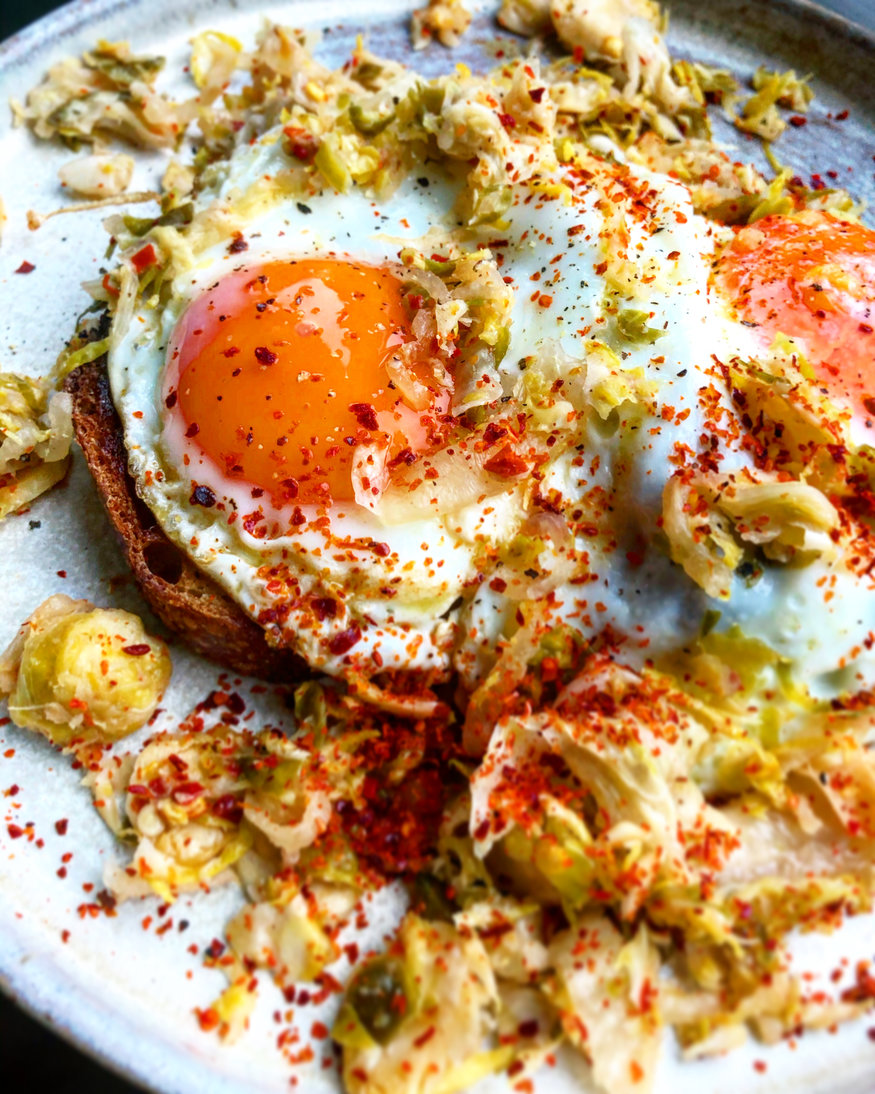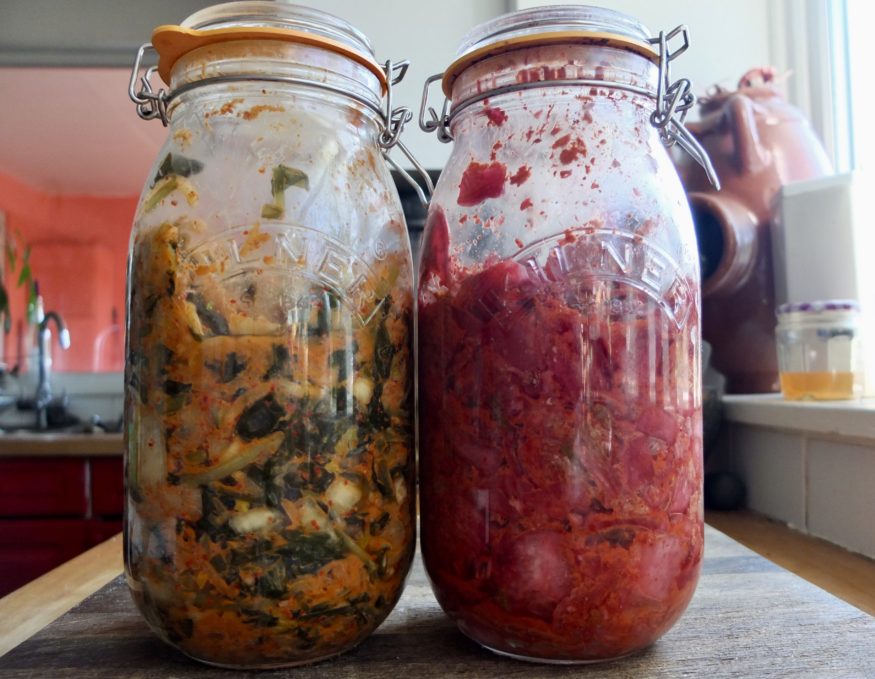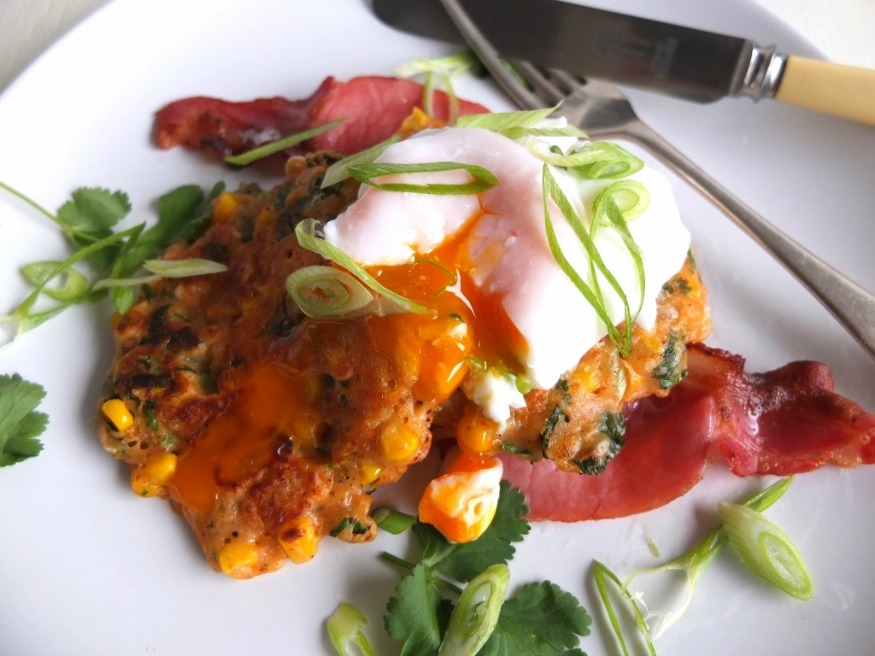
Guys, these are the best sausage rolls I’ve ever made and rest assured I have made many. Recipes on this site range from the simplest (just squeezing sausages into pastry, basically), to a version with venison, pork and sherry, or apricots and whisky-caramelised onions (still one of the most popular recipes on this website!)
And now, here I am fermenting sprouts into seasonal kimchi and flavouring my sausagemeat with gochujang. If you can stop yourself from eating three in quick succession then you are a stronger woman than I.
So I was compelled to share the recipe with you as soon as possible. You’ll need to make the Brussels sprout kimchi first but it’s so easy anyone can do it and then you’ll be able to eat that in cheese toasties and on eggs and so many other brilliant things I haven’t thought of yet for the rest of the festive season. Of course, you could use regular kimchi instead but the end result will be different.
Yes, mince pies and roast potatoes and trifle are good but what your Christmas table really needs is a healthy dose of fermented sprouts, and I won’t hear otherwise.
Gochujang and Brussels Sprout Kimchi Sausage Rolls Recipe
Makes approx 18 sausage rolls
1 kg sausagemeat (better quality meat means a better sausage roll – seems obvious but worth saying nonetheless)
1 packet puff pastry (I used Jus Rol because life’s too short etc.)
3 tablespoons gochujang
150g Brussels sprout kimchi
2 eggs, lightly beaten
Black sesame seeds to decorate
Preheat the oven to 200C.
Mix the sausagemeat, gochujang and kimchi in a large bowl. Pull a small piece out and form it into a patty then fry it in a dry pan until cooked so you can check you’re happy with the flavour.
Roll out the pastry on a lightly floured surface – you want a large rectangle and a thickness of 2-3 mm, so quite thin.
Divide the meat mixture in two, then cut the pastry in two lengthways. Make two long sausages on top of each half of the pastry and brush the edges with beaten egg.
Fold over the pastry and seal, turning over so the seal is on the bottom. Cut each into 2-inch lengths and arrange on baking trays. I like to make two snips in the top of each sausage roll with scissors.
Brush very well with beaten egg and sprinkle with black sesame seeds.
Bake for 20-25 minutes or until deep golden brown. Cool on a wire rack, if you can wait that long.


